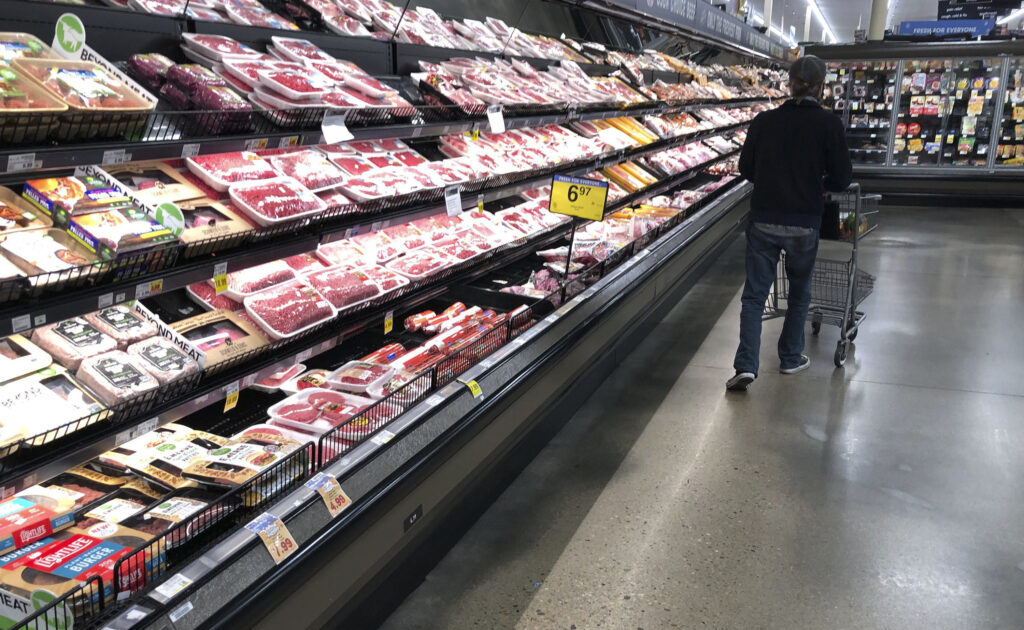Wholesale price growth cooled off significantly in December, the Bureau of Labor Statistics reported Wednesday, indicating that the Federal Reserve’s aggressive interest rate hikes may finally be bringing price pressures under control. The Producer Price Index, a key inflation metric that measures prices paid for goods and services by businesses before they reach consumers, rose 6.2% in December compared to a year earlier. That’s way down from the revised 7.3% gain reported for November.
US Wholesale inflation slowed further in Dec. to 6.2%
Newslooks- WASHINGTON (AP)
Wholesale prices in the United States rose 6.2% in December from a year earlier, a sixth straight monthly slowdown and a hopeful sign that inflation pressures will continue to cool.
The latest year-over-year figure was down from 7.3% in November and from a recent peak of 11.7% in March. On a monthly basis, the government said Wednesday that its producer price index, which measures costs before they reach consumers, dropped 0.5% from November to December.
The producer price data can provide an early sign of where consumer inflation might be headed. The data reflects the prices that are charged by manufacturers, farmers and wholesalers, and it flows into an inflation gauge that the Federal Reserve closely tracks: The personal consumption expenditures price index.
Rising evidence has suggested that inflation across the economy is easing after having reached a four-decade peak last summer. At the consumer level, inflation also cooled in December for a sixth straight month to 6.5% compared with a year earlier, from 7.1% in November.
An acceleration in workers’ wages has been slowing, too, which could further help control inflation. In December, average wage growth in the United States was up 4.6% from 12 months earlier, compared with a recent peak of 5.6% in March.
Over the past year, the Fed has rapidly raised its key interest rate in an aggressive drive to cool borrowing and spending and tame inflation, which began surging more than a year and a half ago.
The Fed’s rate hikes have, in turn, led to higher borrowing costs for consumers and businesses. The average mortgage rate is still nearly twice its level a year ago, though it has dipped in recent weeks. Loan costs for auto purchases, credit cards and a range of business borrowing are up sharply, too.
Even as overall inflation gradually slows, costs continue to surge in some pockets of the economy. Particularly in the vast service sector — everything from restaurants and hotels to airlines and entertainment venues — fast-growing wages are contributing to broader inflation pressures.
But many other trends have joined to slow inflation and could eventually lead the Fed to suspend its series of rate hikes. Gas prices, for instance, have steadily dropped after hitting $5 a gallon in June. Nationally, they averaged $3.36 a gallon Wednesday, according to AAA, barely above their average a year ago.







